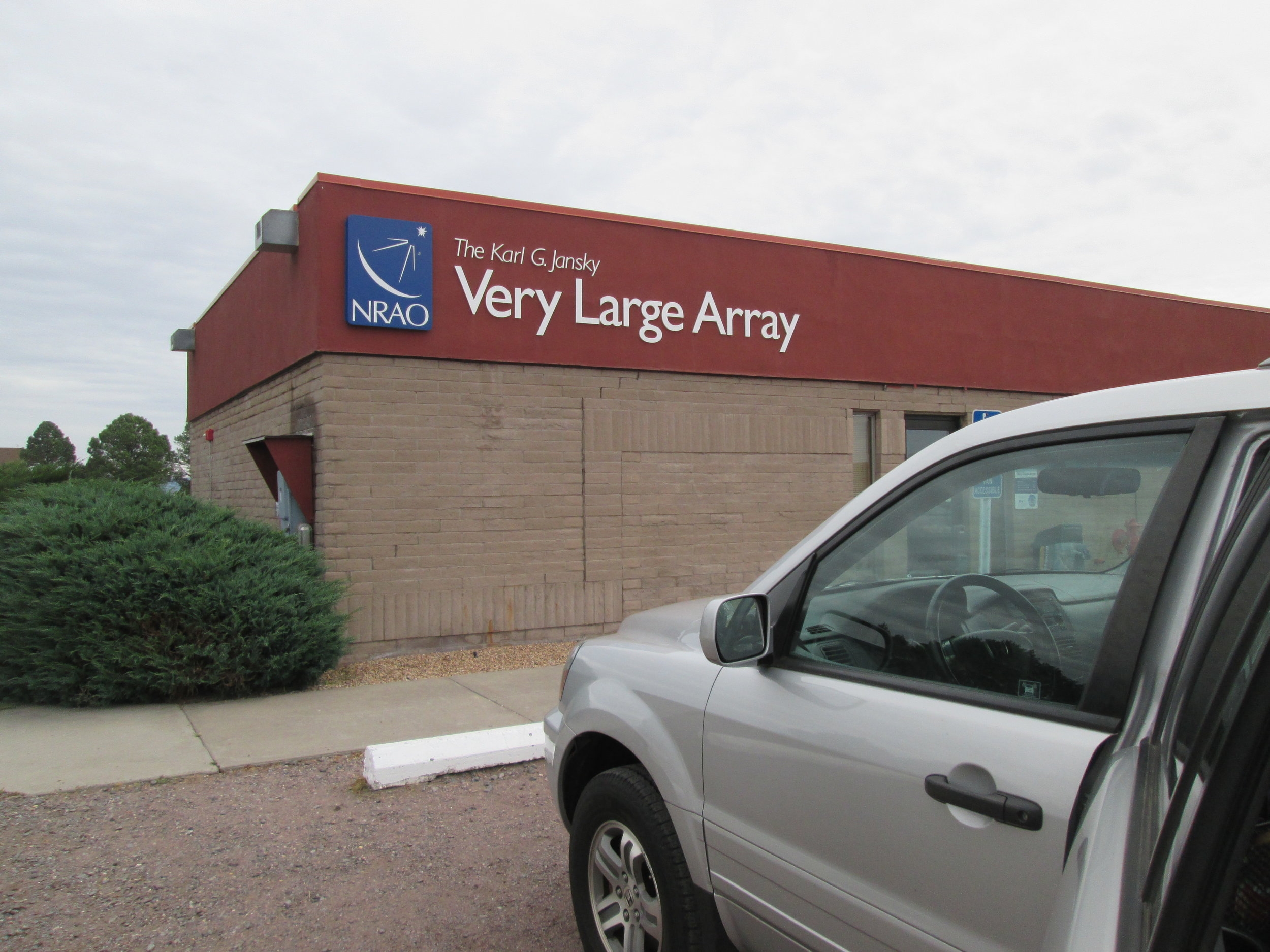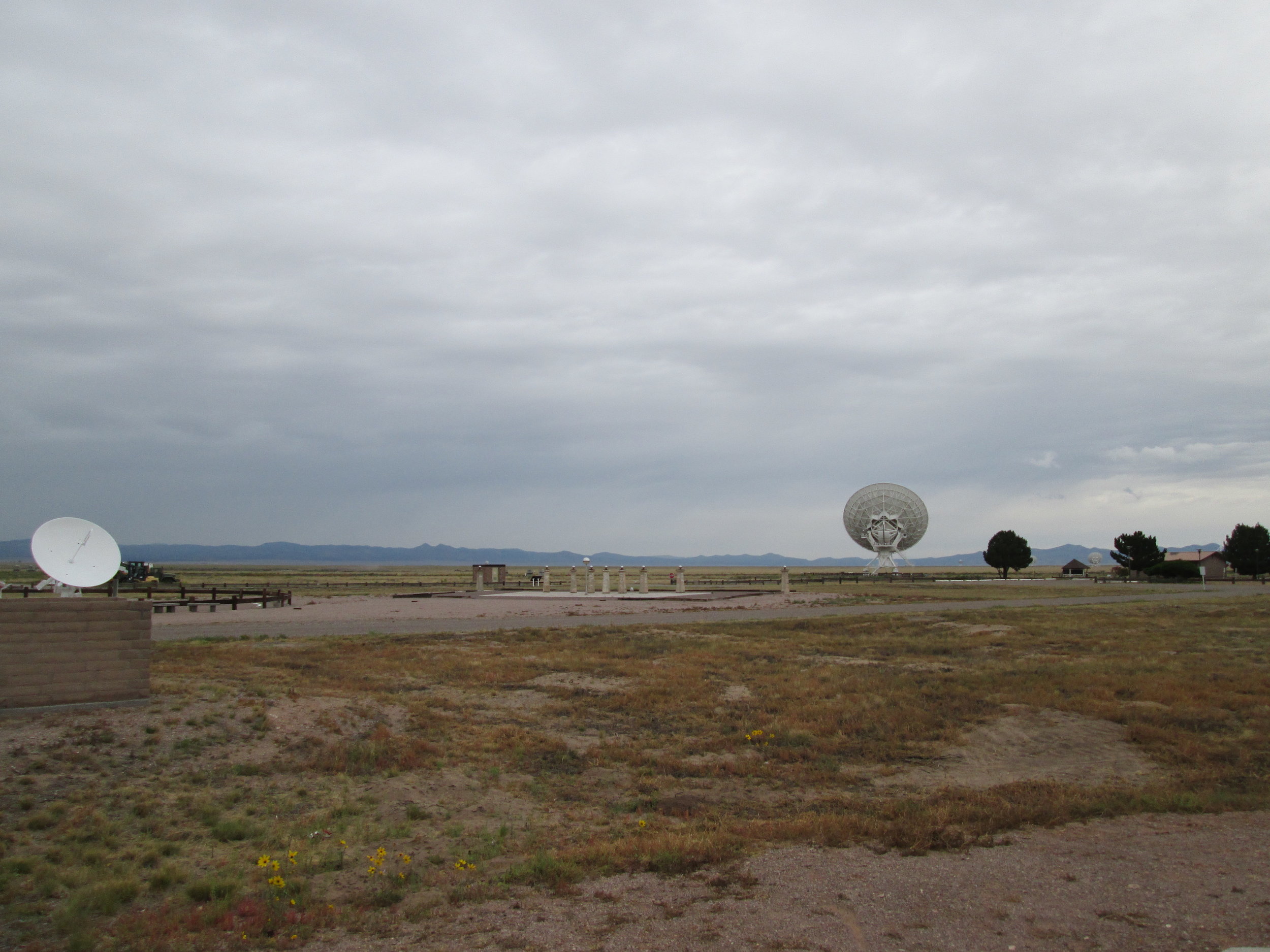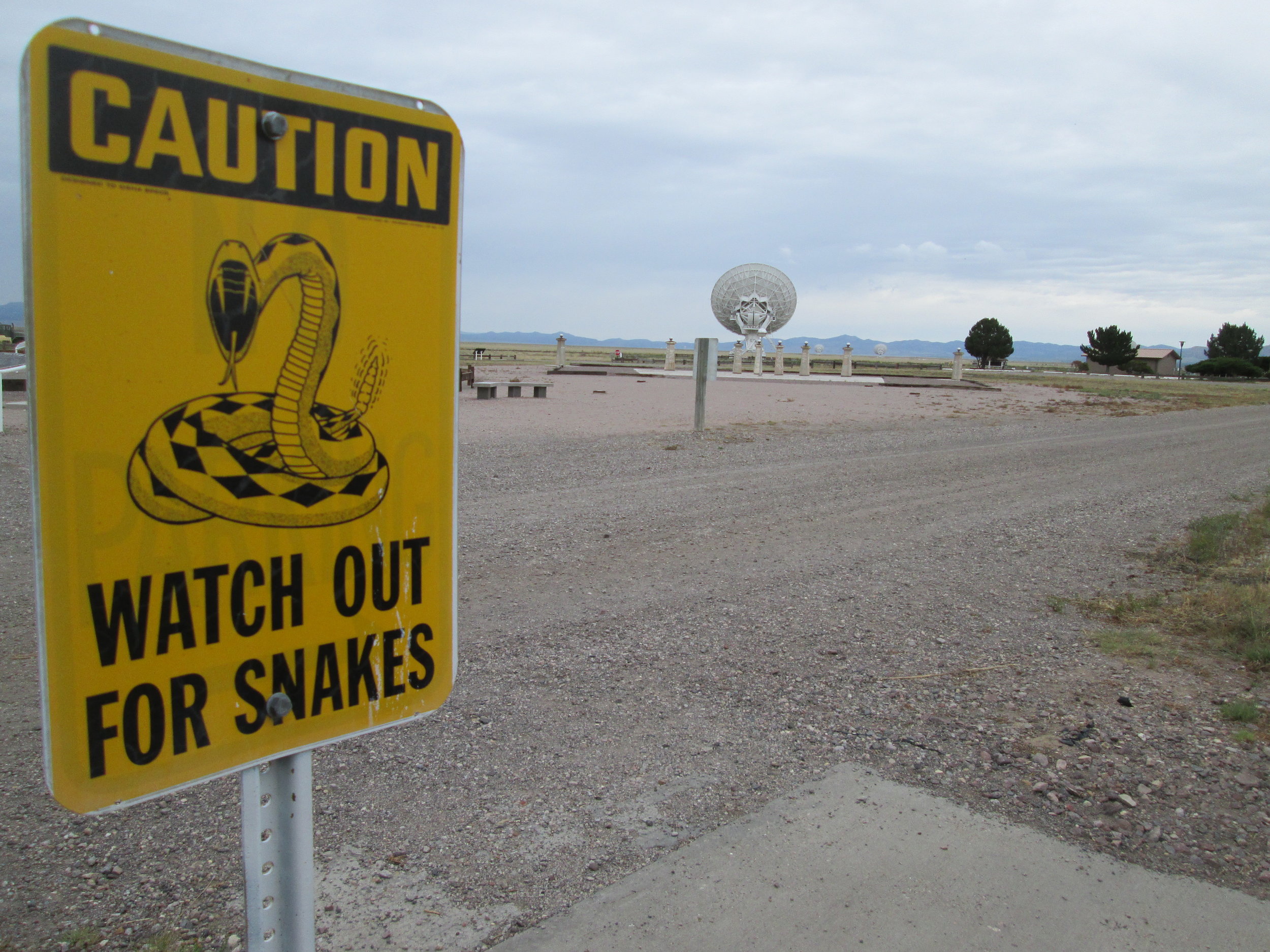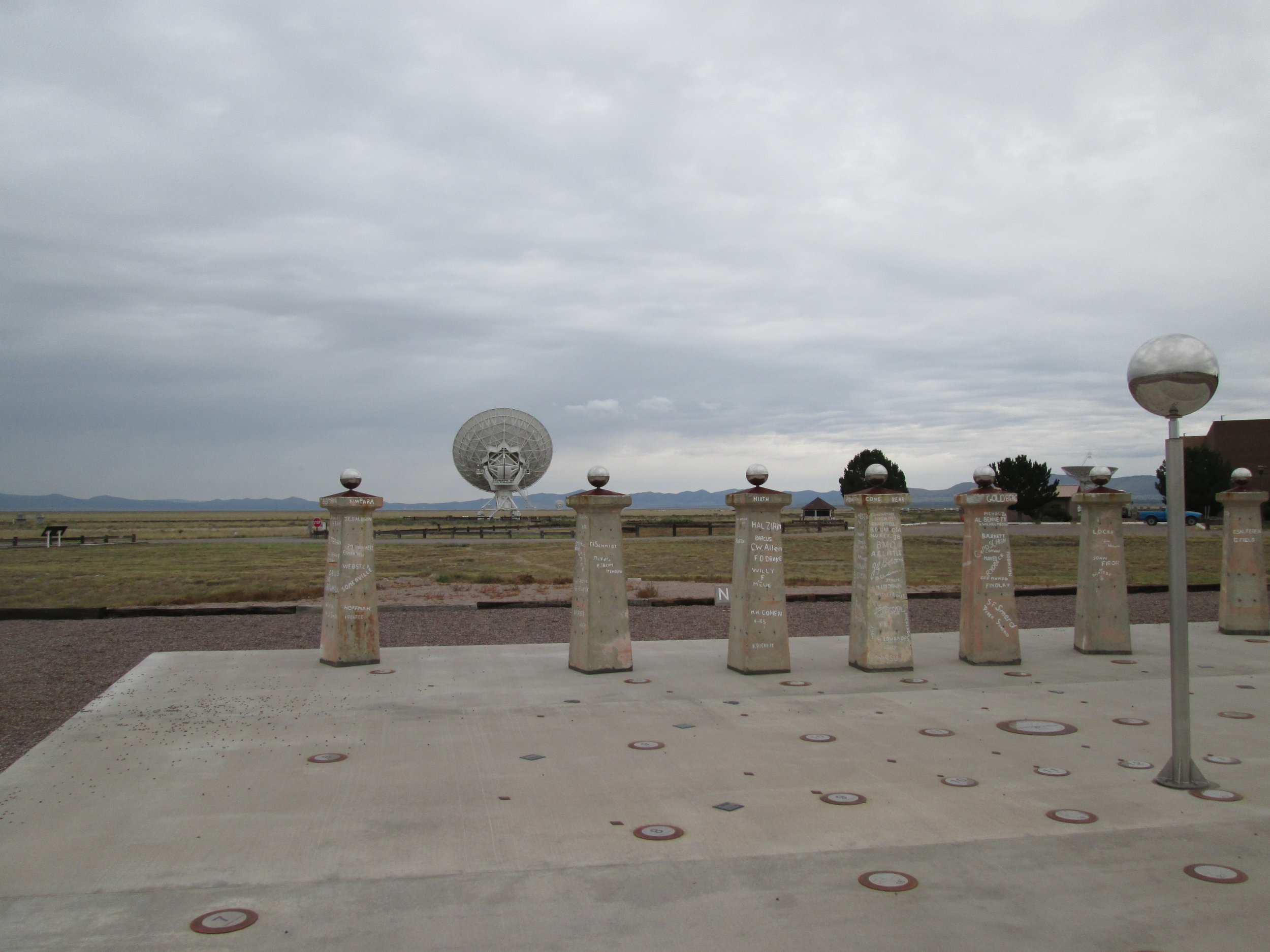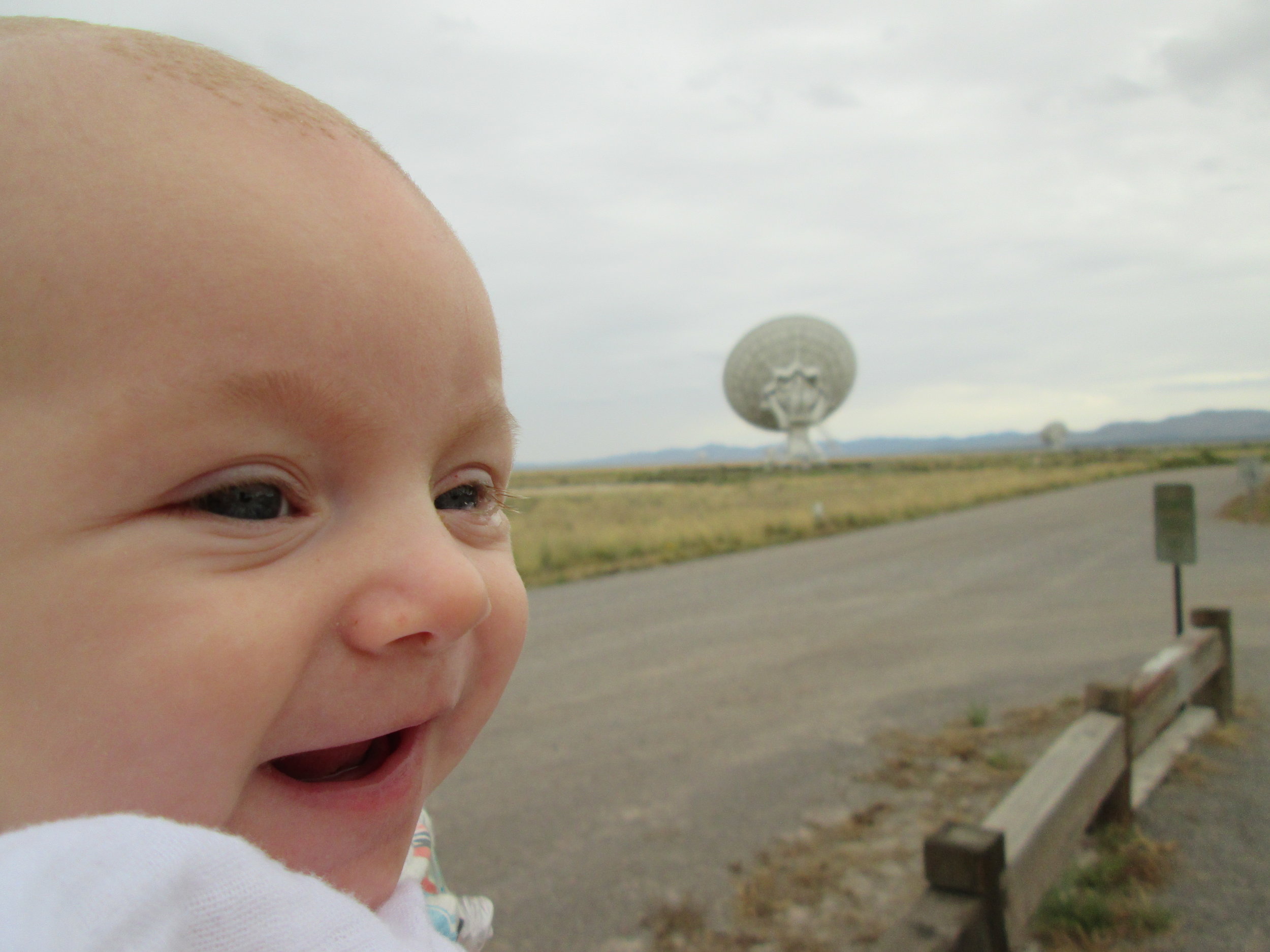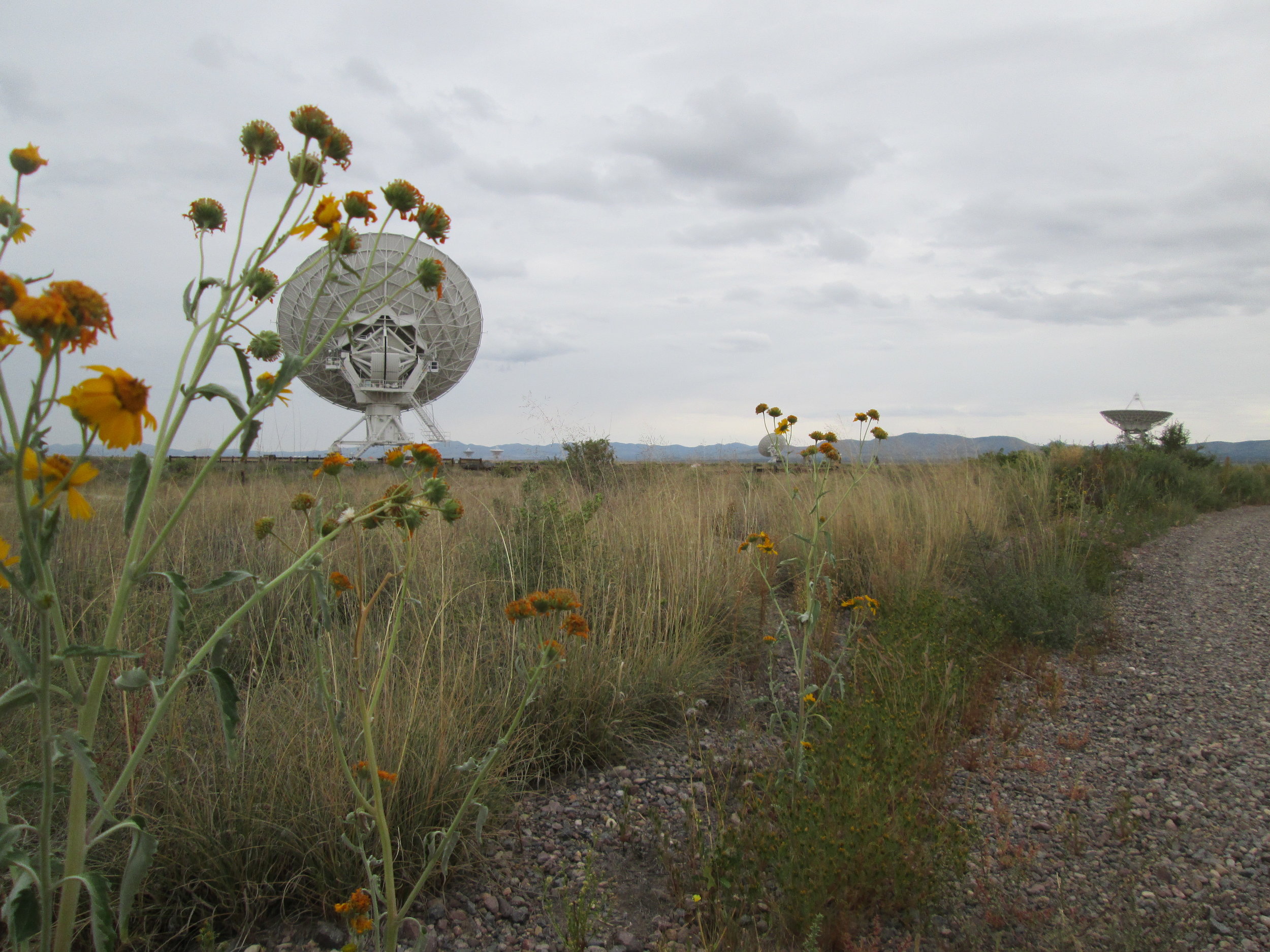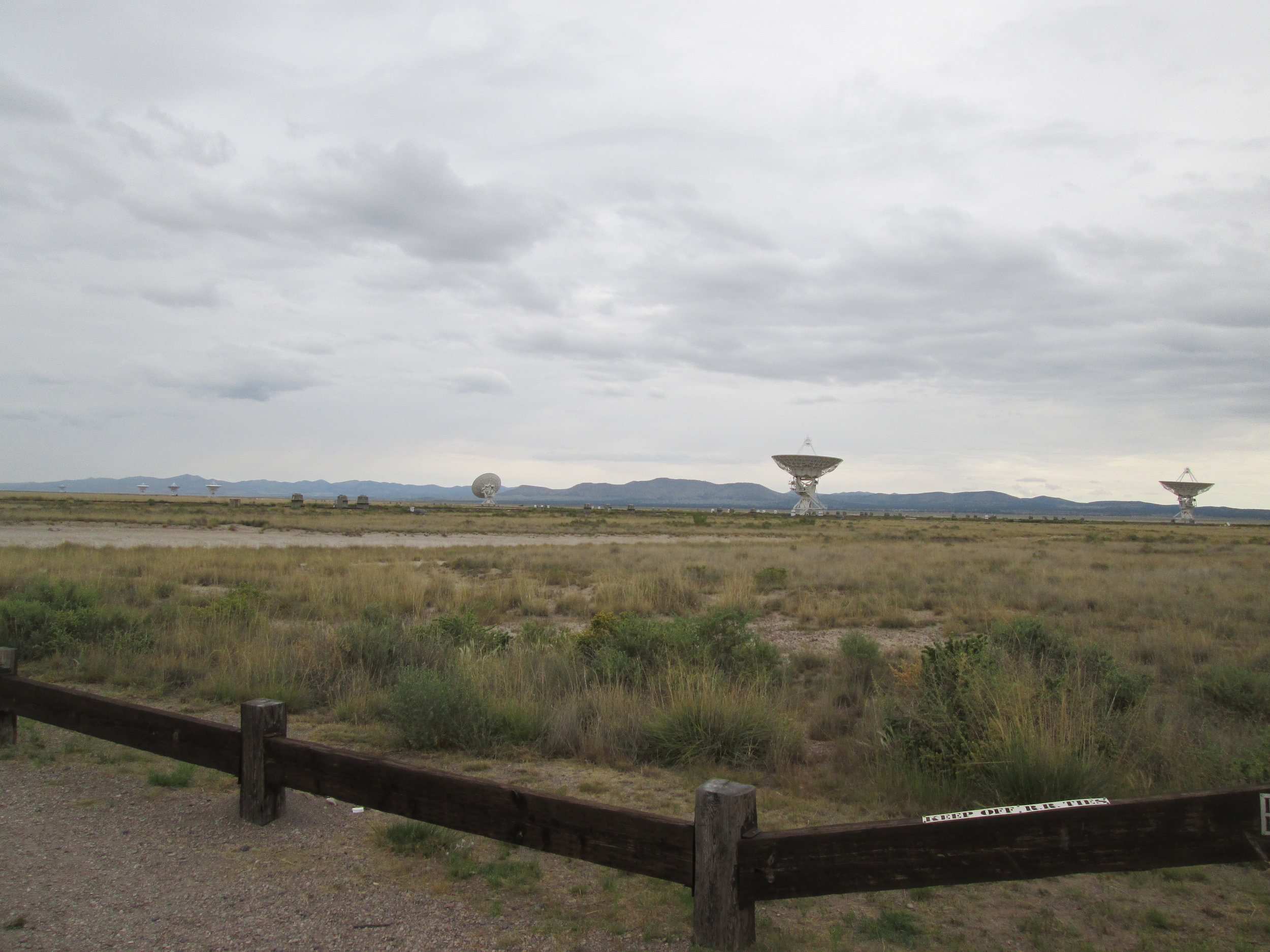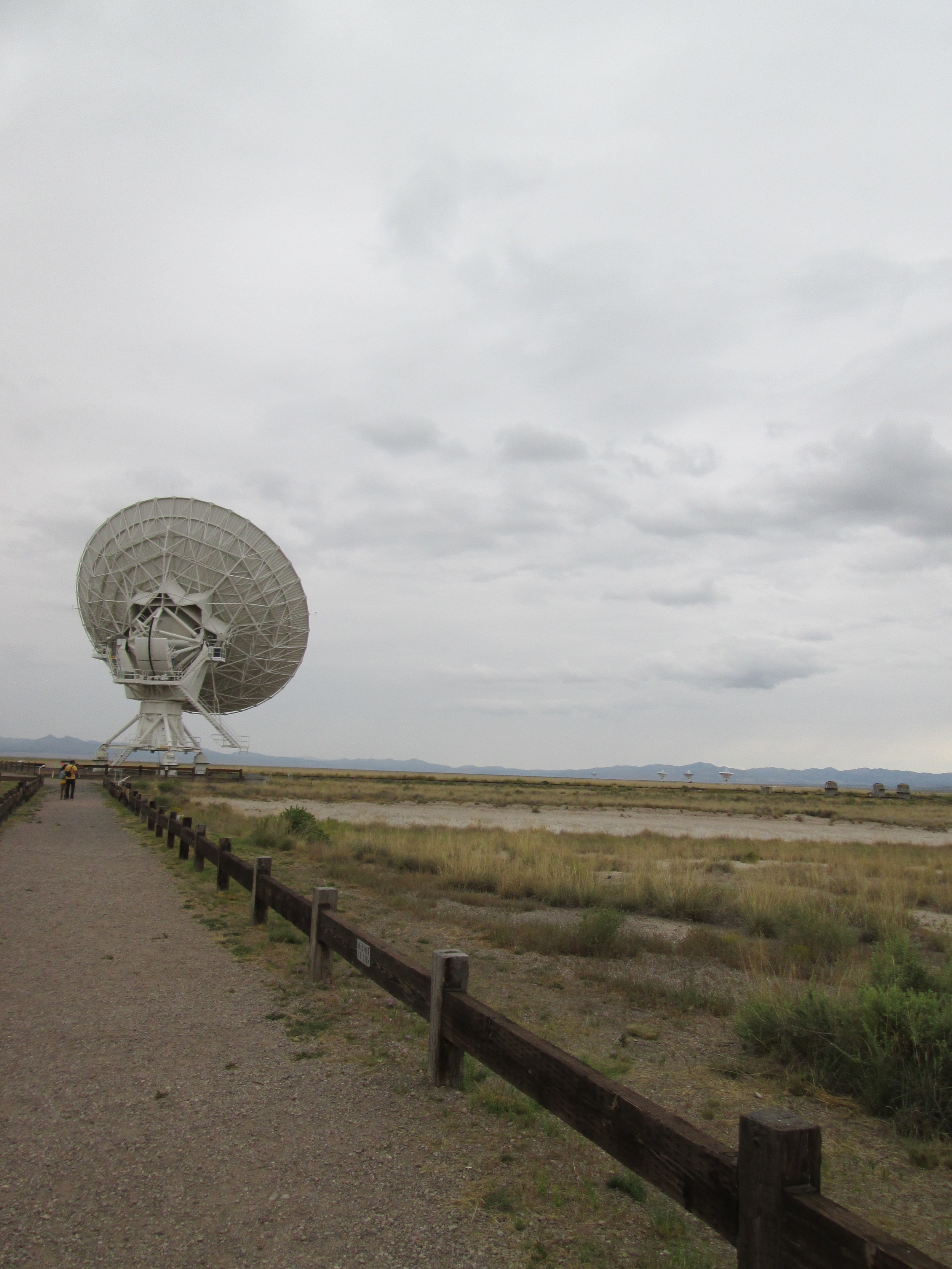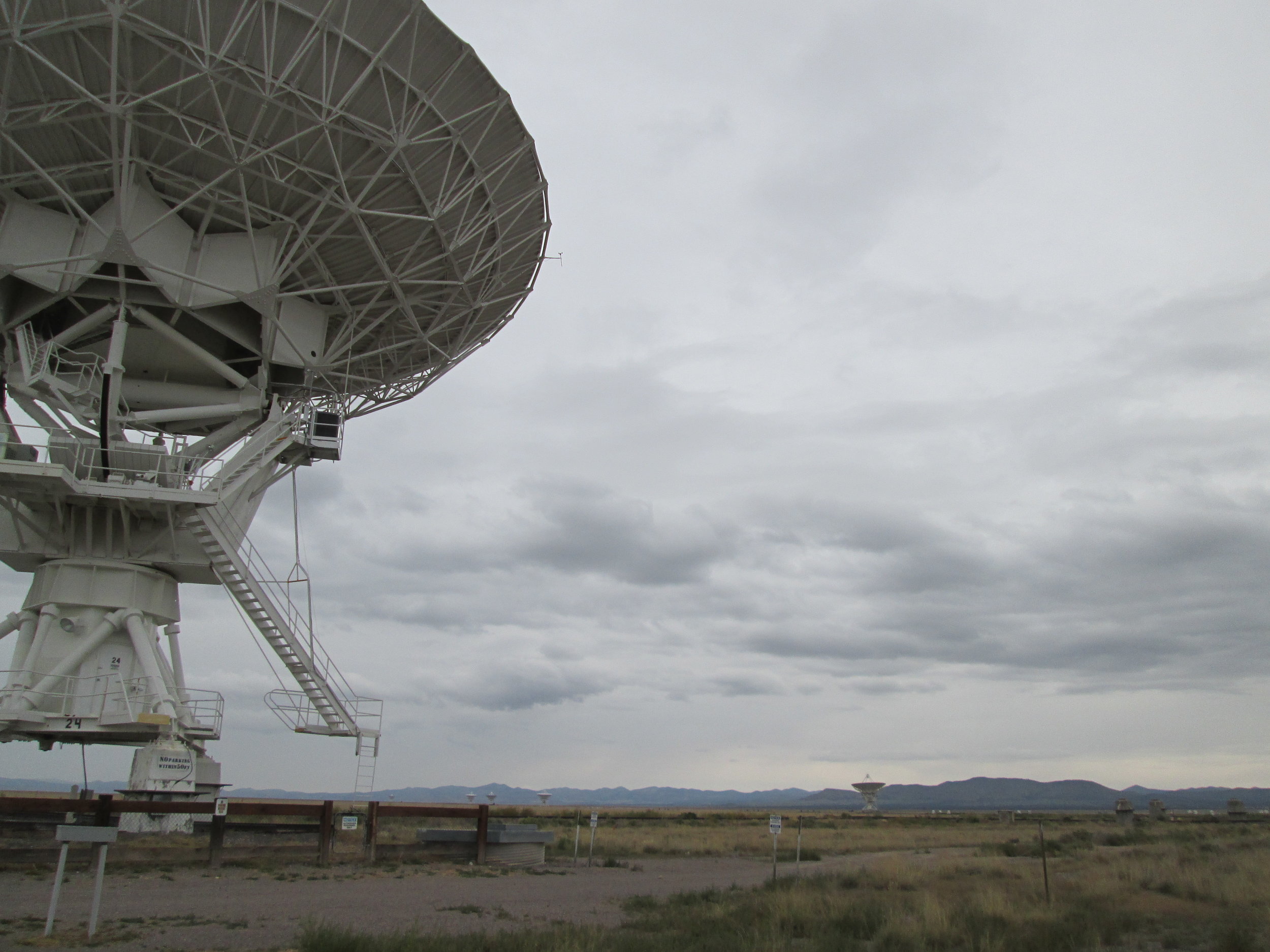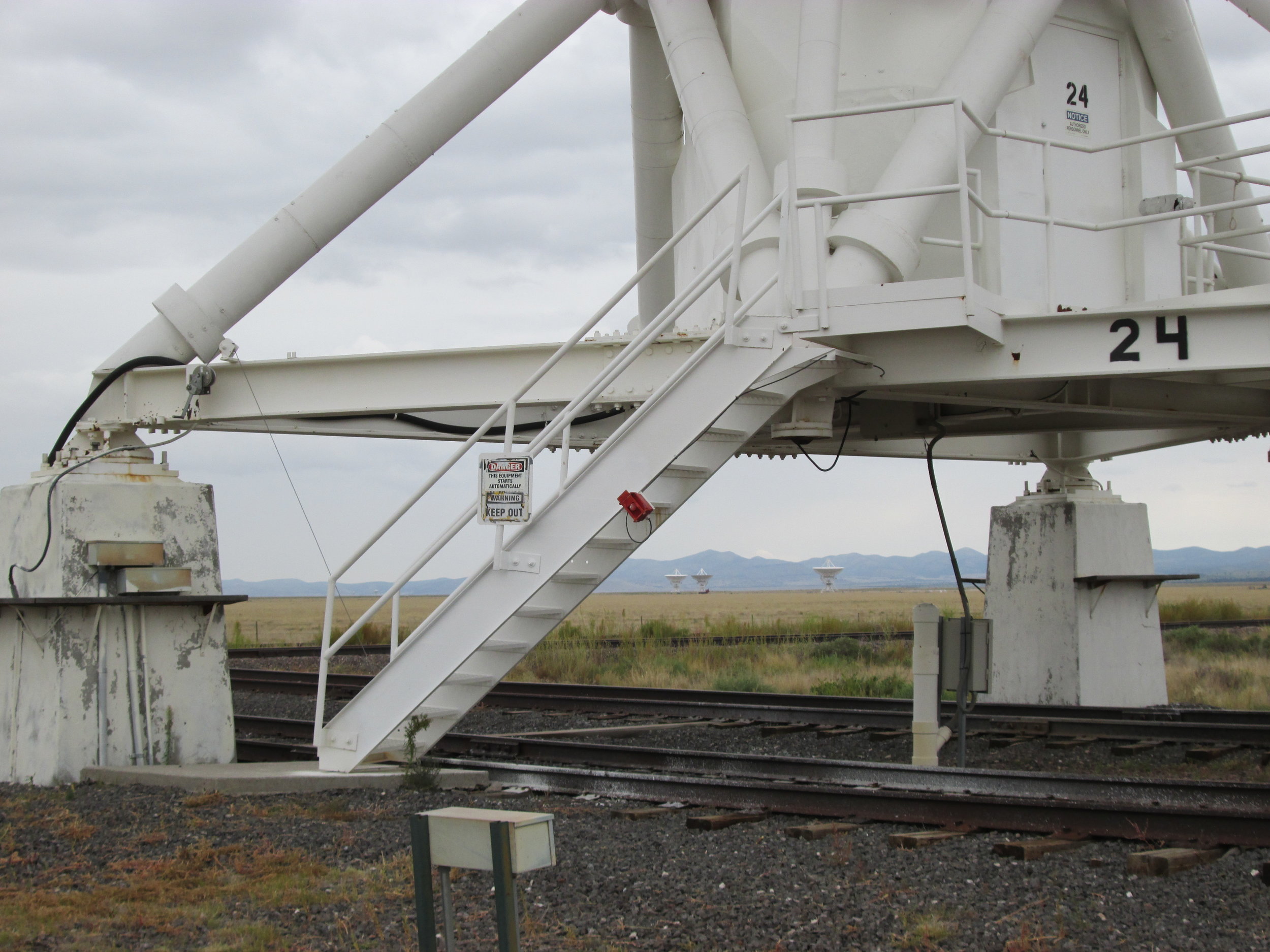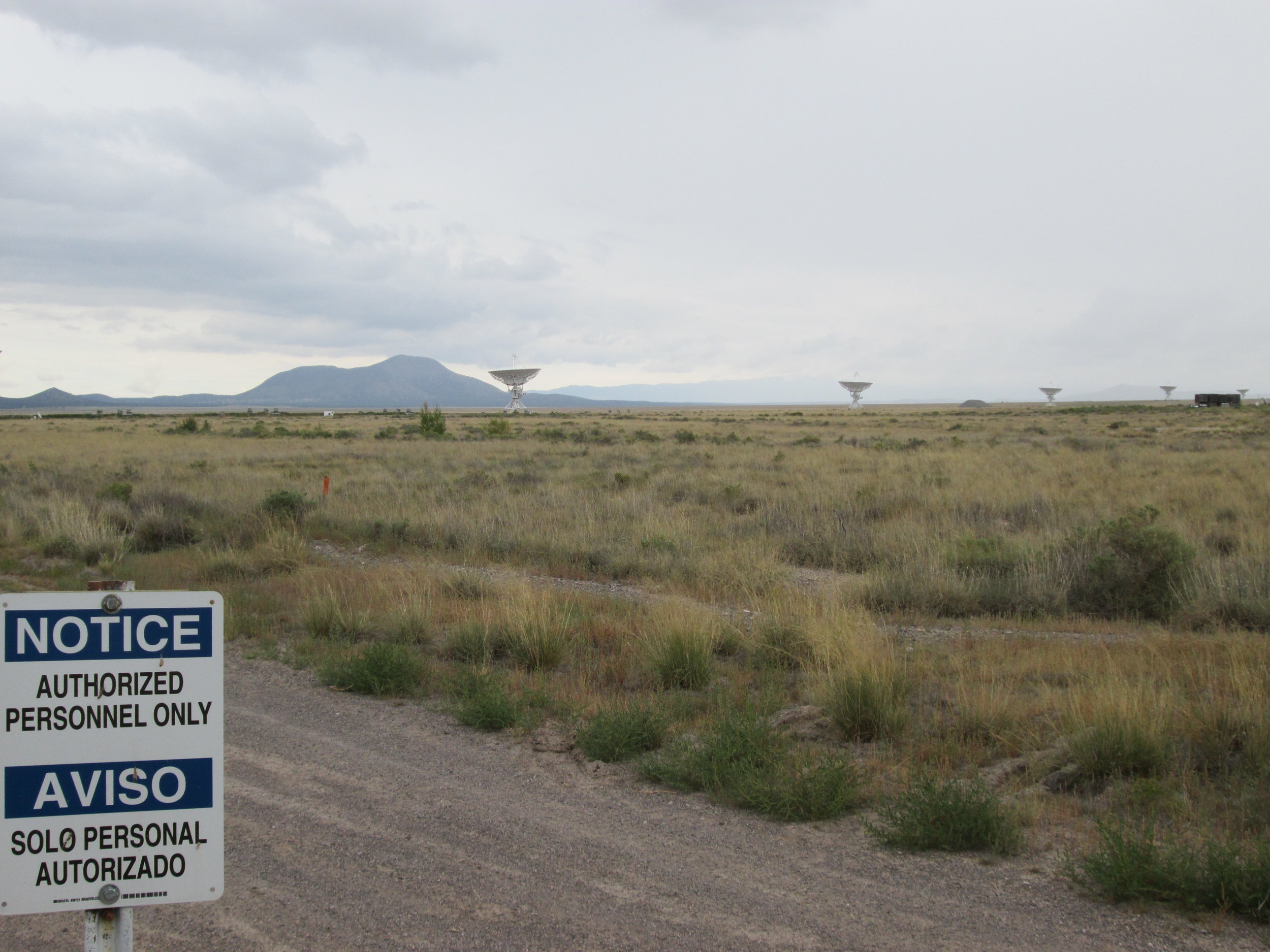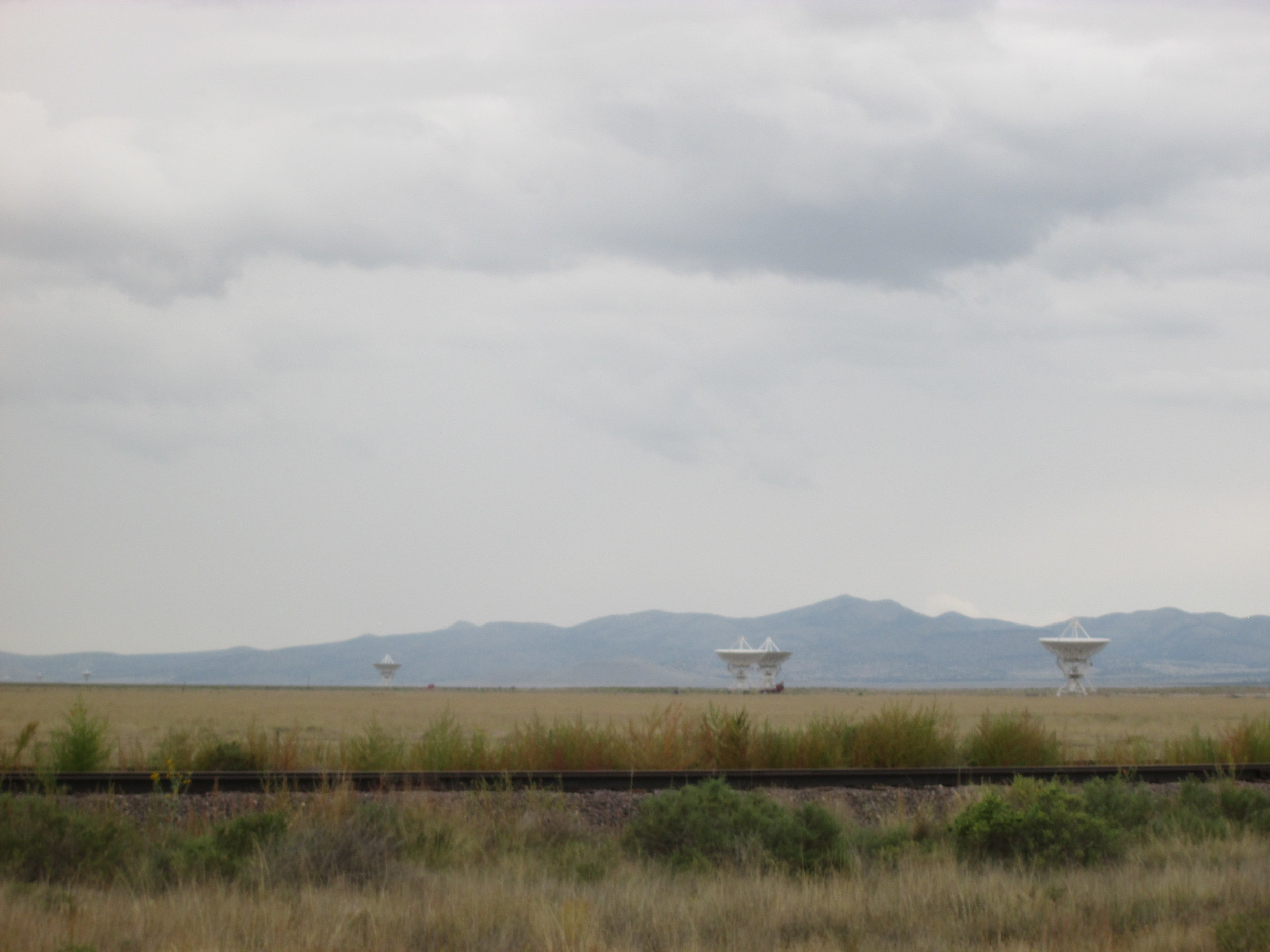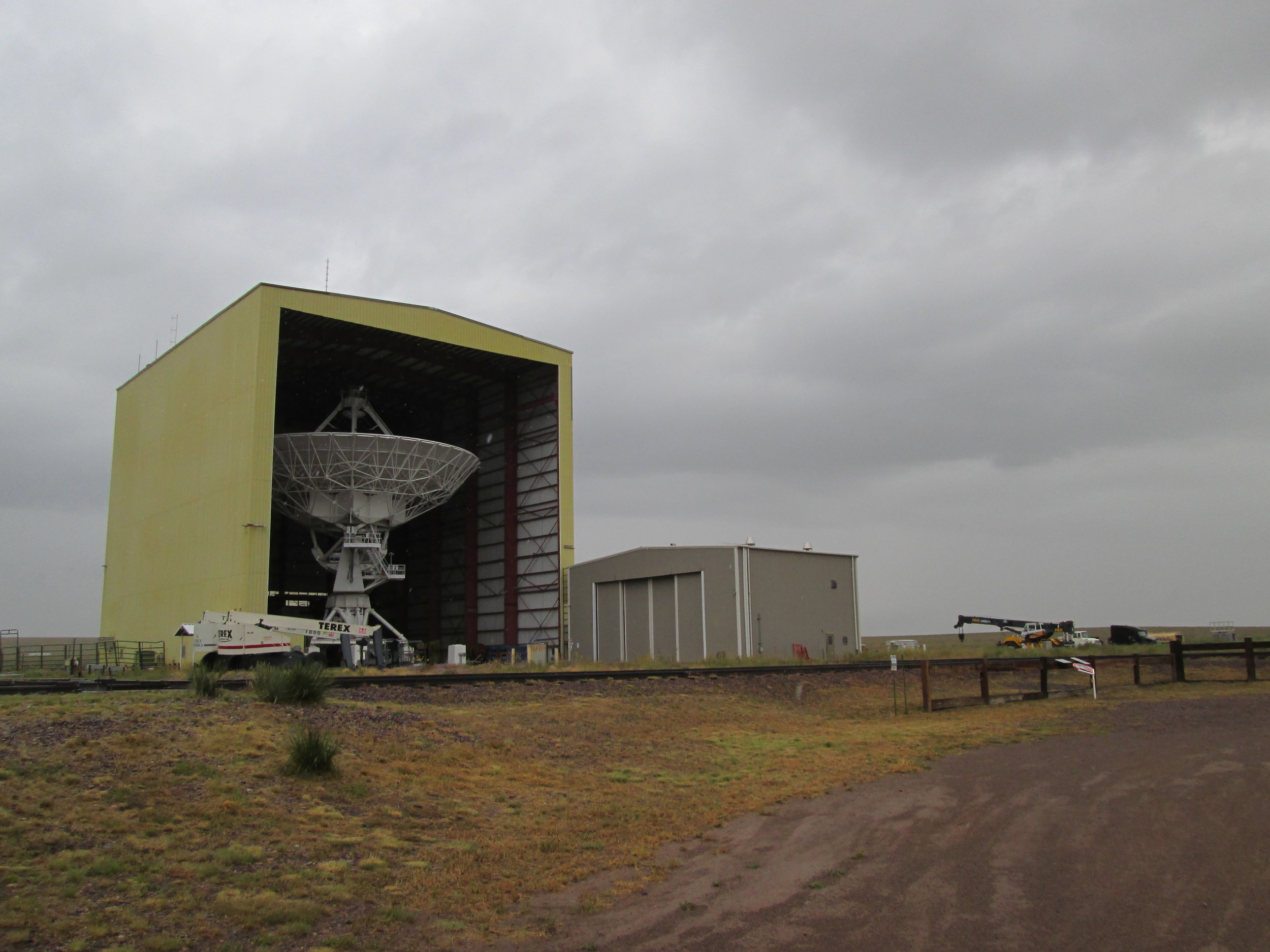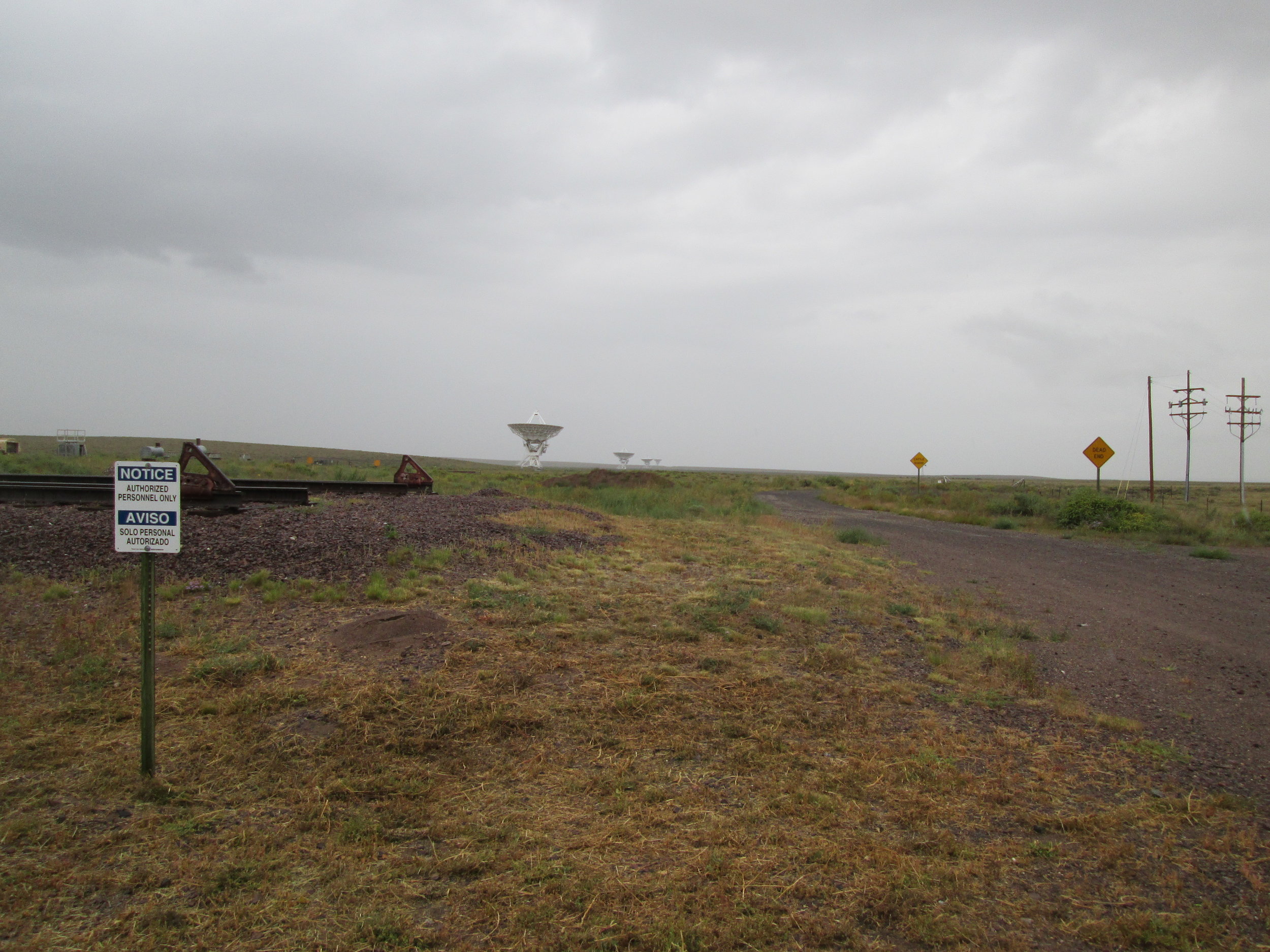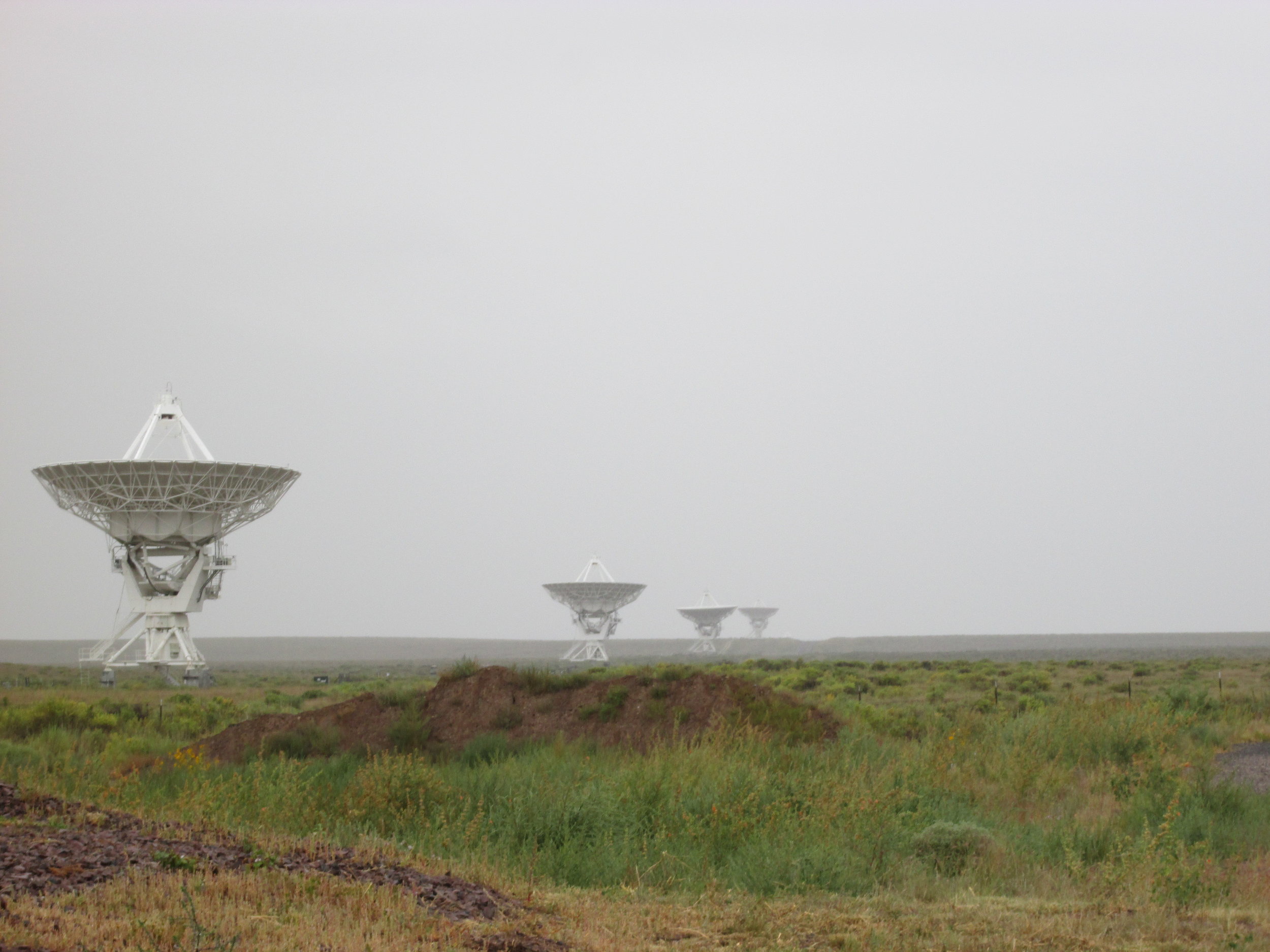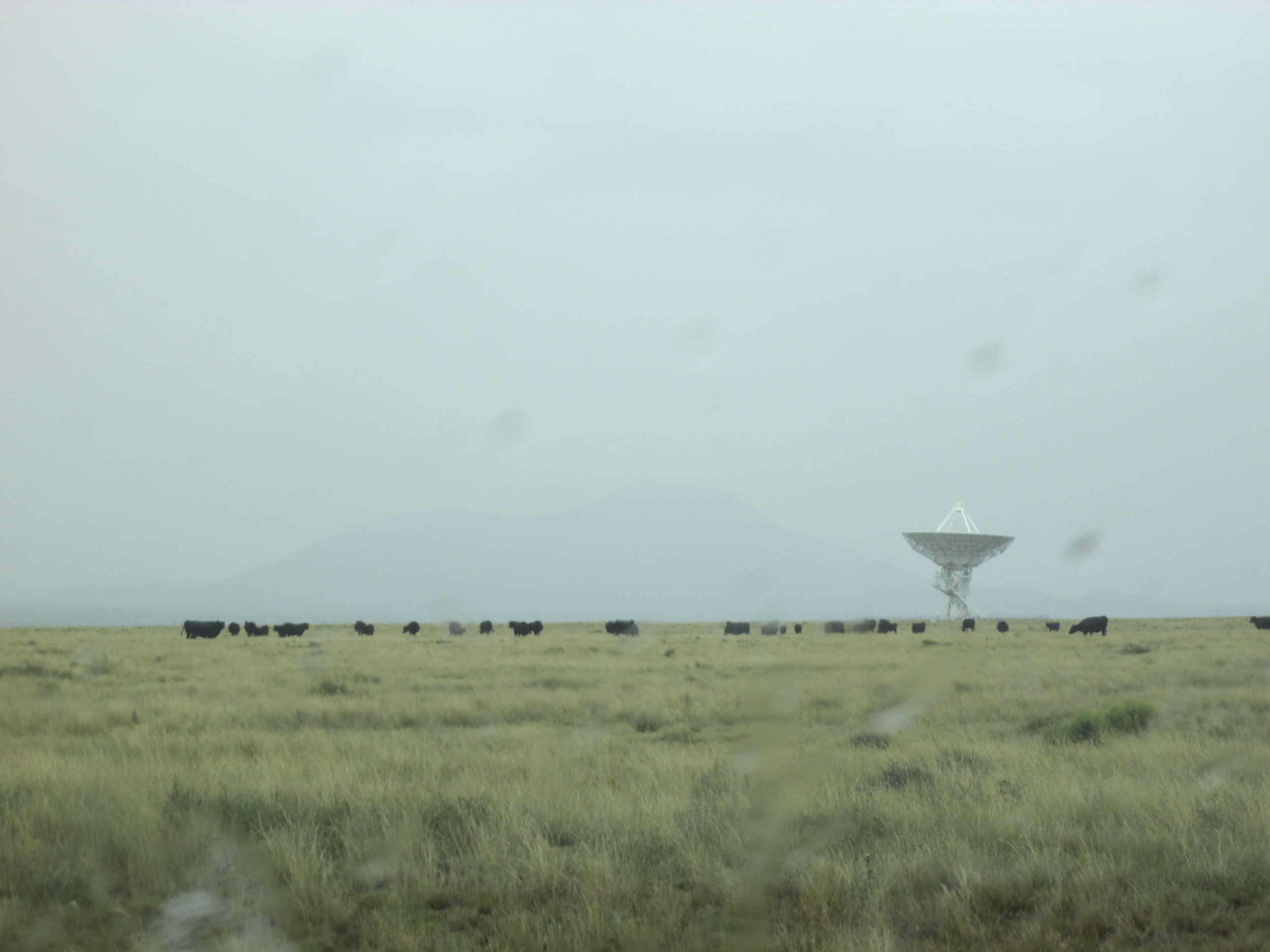Road Trip to Grad School: Day 5
Olivia Wilkins
Total distance day 5: 543.5 miles
Total distance so far: 2696.1 miles
Hey there from California! Our original plan was to stop in Payson, Arizona, but we figured we'd use the time saved by staying in Socorro rather than Albuquerque to drive to Phoenix instead. Then, somewhere in the middle of the desert straddling New Mexico and Arizona, Alex decided he couldn't wait to get to California. So greetings from Blythe, just over the border!
I would have written last night, but the internet was out at the hotel. So instead of enjoying my Del Taco with blogging and finishing up Game of Thrones, we watched Family Guy instead. Now I am wide awake and ready to get to Pasadena, so perhaps this will go more smoothly....
It is hard to believe that we are actually in California, and that today is the last day of our road trip. We definitely are in California though. I complained about gas being $2.09 in Arizona past Phoenix (it had been $1.99-$2.03); I laughed in shock when, just over the California state line, gas was $2.69-$2.99. There are palm trees everywhere. We had to go through an inspection station at the state line. Sales tax is 8%. It is sunshiny and dry. I'd say we are in southern California!
Yesterday, before getting to California was on the agenda, the only things we did were stop for lunch in Show Low, Arizona; get gas and sweet teas; and visit the Very Large Array (VLA). This post will mostly be about the VLA because, if you've ever seen me talk about radio astronomy, you know just how happy radio telescopes make me... like... border-line tearing up (okay, maybe not border-line) happy.
The VLA is, well, a very large array in the desert just west of Socorro, New Mexico. It is operated by the National Radio Astronomy Observatory (NRAO) and is one of the most powerful instruments used to study the faintest signals of the invisible universe—we're talking radio waves that have traveled up to millions of lightyears to get to Earth.
Radio astronomy is the study of the vast spaces beyond our atmosphere but at radio frequencies, which are invisible to the human eye. Humans can see what is called visible light, but that is only a sliver in the spectrum of all light in existence. While the night sky may seem empty to us because the stars are separated by black space, there is actually a lot of gas and dust and celestial phenomena that we cannot see. Radio telescopes collect that invisible light (or at least the light with really long wavelengths) and computers render it usable by scientists to explore just where we came from and what our place is in the universe.
The VLA is composed of 28 large antenna, about 92 feet high with dishes 82 feet (25 m) in diameter. Only 27 are used in this Y-shaped array at a time, with the last dish under active maintenance in "the Barn," ready to be swapped out with the next dish needing a look-over. These dishes can be moved, using a large transporter that runs on parallel sets of railway tracks. This transporter literally lifts a 230-ton dish to carry it at top speeds of two miles per hour to the next position on the tracks.
We had an awesome visit despite the rain, continued from the day before. Our visit was enhanced by the employee in the gift shop who didn't charge us emission after I chatted with her about how I had worked at NRAO Green Bank and had planned our move around visiting the VLA.
I could go on and on about how wonderful the VLA and radio telescopes and the NRAO are, but I'll just show you pictures so Alex, Güni, and I can hit the road and actually get to Pasadena sometime in the next year. If you ever want to learn more, however, I will be writing up a description of the VLA and what it has discovered for my other blog Scoping out Radio Astronomy, hopefully in the near future.
For now, it is time to hit the road. Next time you hear from me, I'll be in Pasadena, California! I hope to write again tonight about day 6, but I'll need to find a venue with WiFi first.
Thanks for reading!
